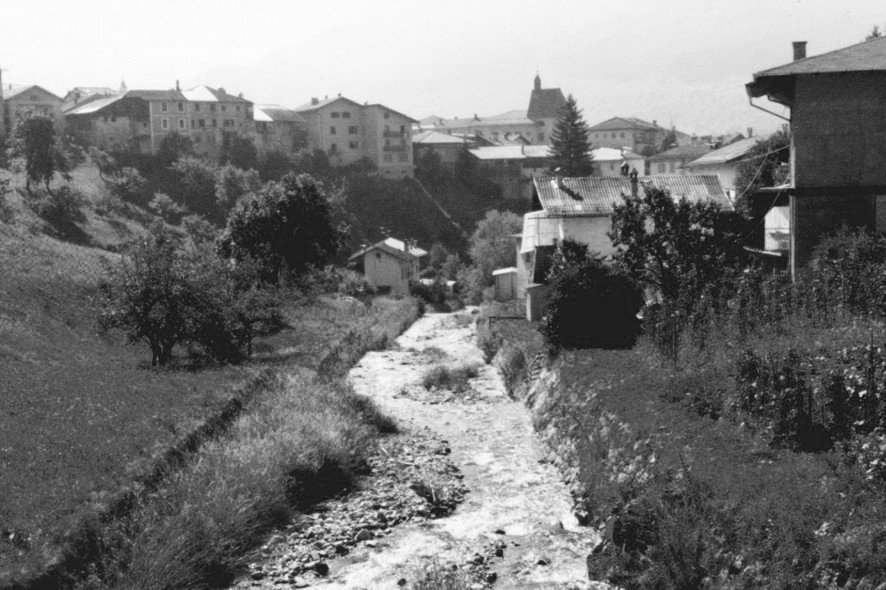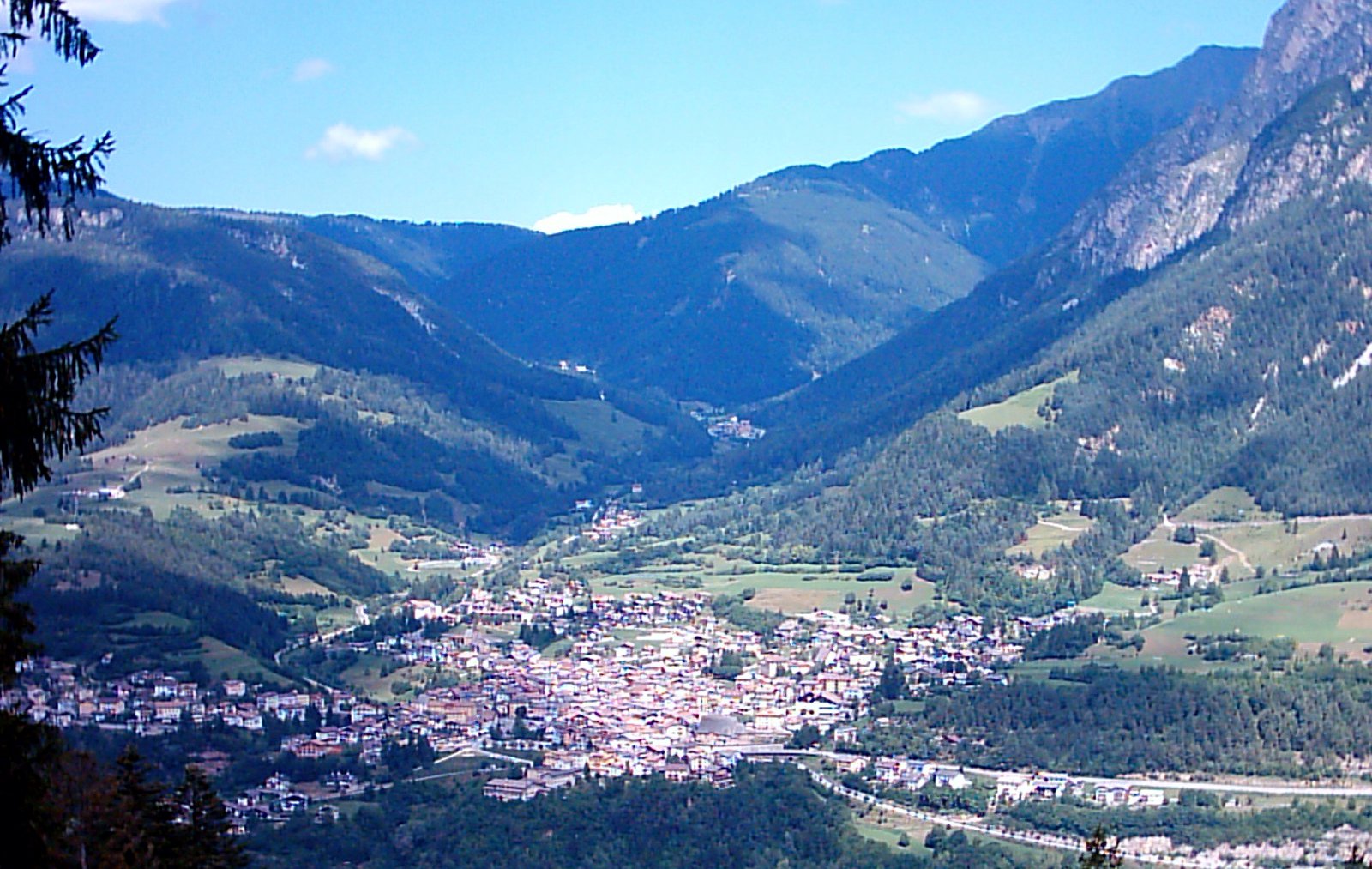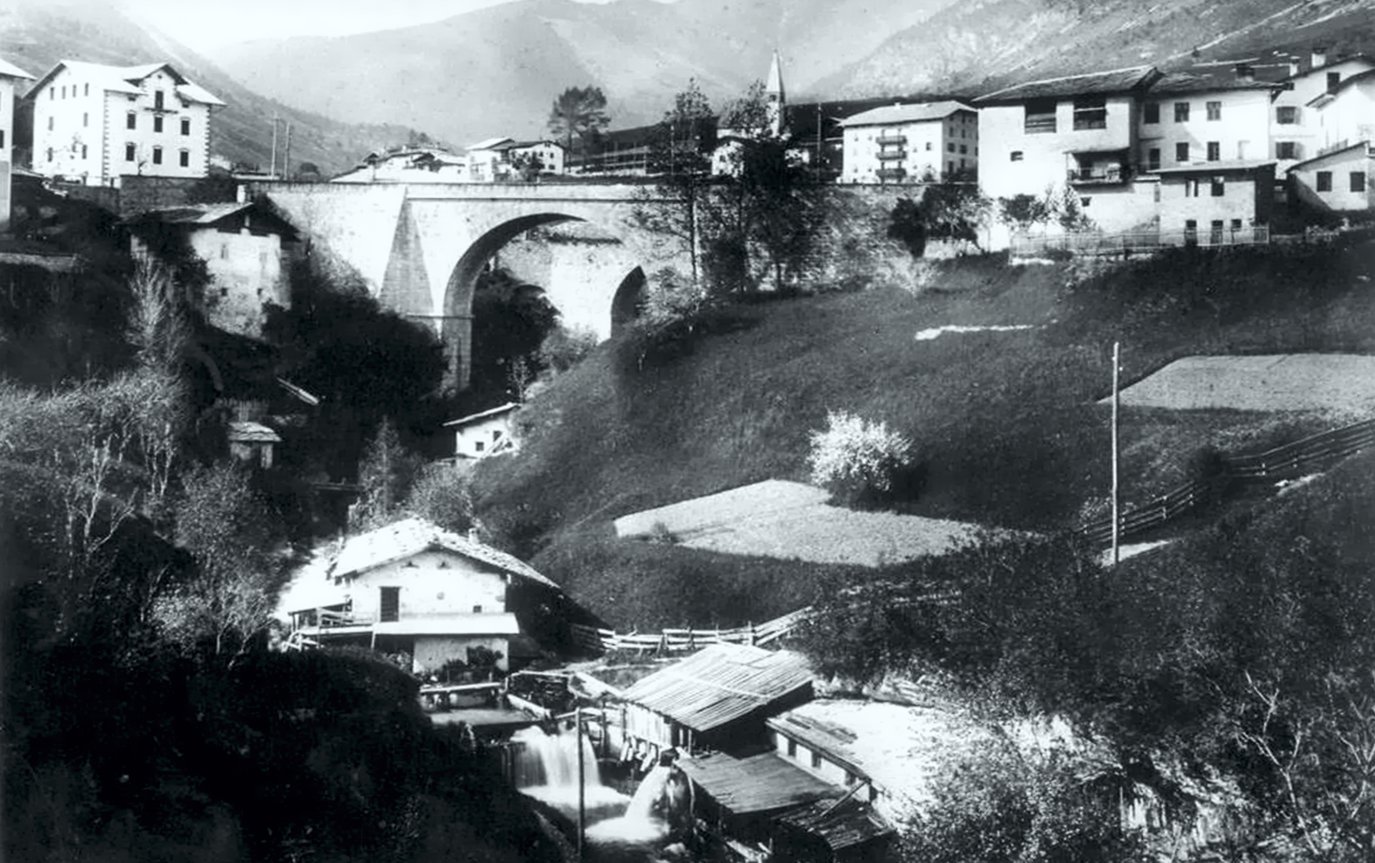The waters of the rio Stava
[vc_row][vc_column][vc_column_text]The presence of a watercourse with a good flow throughout the seasons favoured human settlements and the rise of work places along its banks. Through special water ducts, the water was directed from the Rio Stava and channelled to a wheel directly connected to the main shaft. Through links such as belts, gears and pulleys, the movement was transmitted from the main mill shaft to diverse machines in the workshops. The principal was the same for the joiners’ workshops, sawmills, forges and flourmills. [/vc_column_text][vc_separator color="black"][/vc_column][/vc_row][vc_row][vc_column][vc_masonry_media_grid grid_id="vc_gid:1619623965927-135bfab0-f7a3-7" include="5939,5933,5930,5936,5950"][vc_separator color="black"][/vc_column][/vc_row][vc_row][vc_column][vc_column_text] [/vc_column_text][/vc_column][/vc_row]



